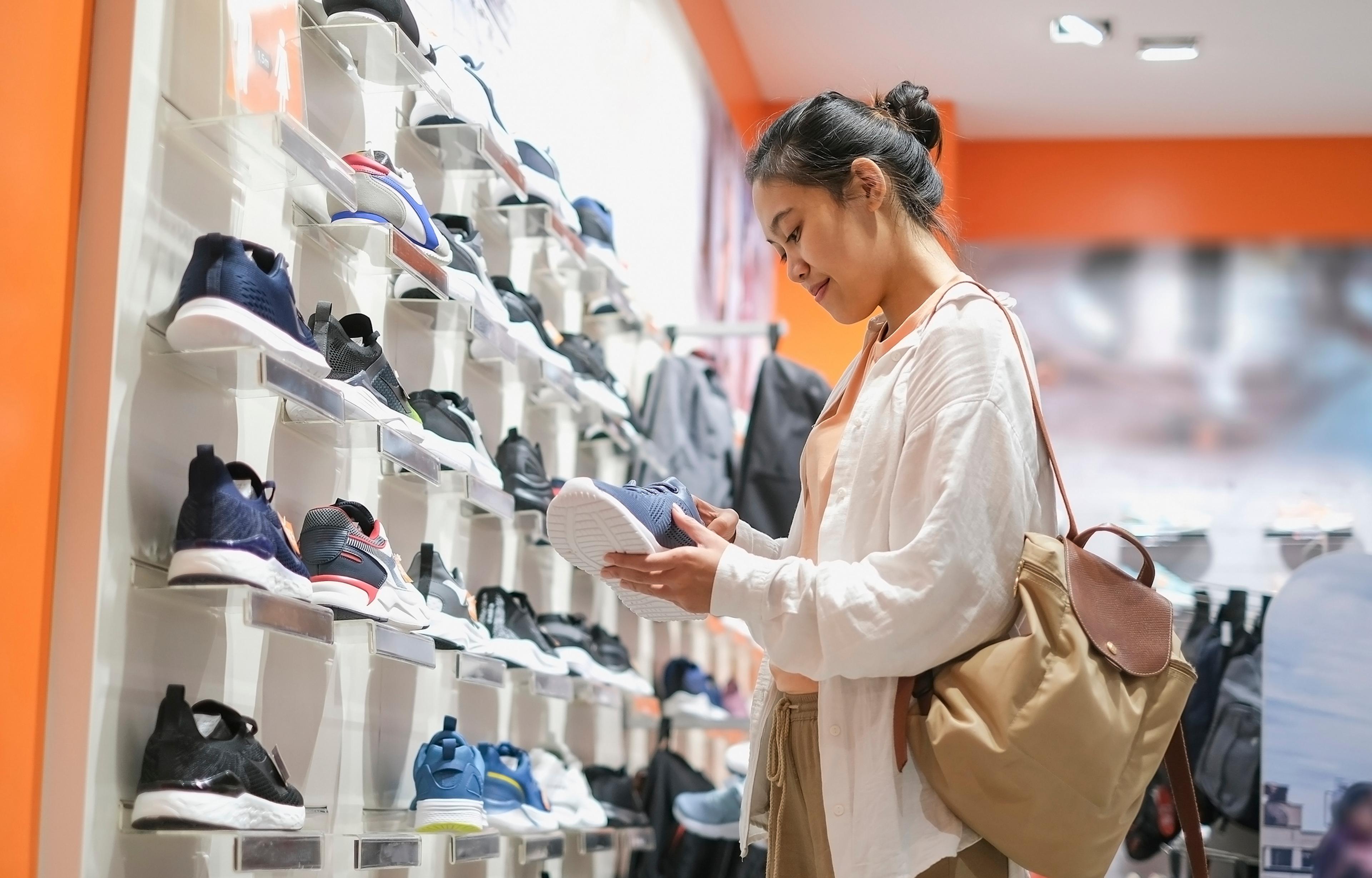How to Pick Out Running and Walking Shoes

Lindsay Knake
| 3 min read

If you’re looking for a pair of running shoes, it can be difficult to know where to start to buy a pair that works for you.
It’s easy to ask a friend for a recommendation, but their body, stride and injury-risk are different than yours. Learn how to pick out running and walking shoes that will help you stay healthy and meet your goals:
Go to a running specialty store or a store with a lot of options.
A running specialty shop will have a variety of shoe brands and types of shoes. A large sporting goods store will also have a wide selection of shoes.
Go in the afternoon.
Your feet swell through the day, so going in the afternoon when your feet are at their largest will help you get the right size.
Try on as many brands, styles, widths as you can. Walk or jog in them.
Finding the right shoes for you will take effort and time. You’ll find shoes are categorized as neutral, stability and motion control. Try on different styles, brands, widths and sizes.
It’s best to by running shoes that are a half or full size larger than your daily shoe size. Shoes that are too big or too small can cause foot pain and blisters.
Does a higher stack height and softer cushion feel better, or do you prefer a lower stack height or firmer cushioning? Consider your terrain, as well. Road shoes will work for most people, but trail shoes with heavier lugs can provide greater traction on trails.
Then, walk or jog around in each pair. Note how they feel, if you feel you can move freely or if there are any points of discomfort in the shoe. Any minor discomfort will become much more significant when you’re wearing the shoes long-term.
Choose the shoes that are the most comfortable.
You may have heard terms like “pronation,” the foot or ankle rolling inward when you run or walk. Contrary to previous beliefs, researchers have found most people do not need pronation support to prevent injury unless they prefer the stability shoes or deal with pronation-related injuries.
Your best bet is to buy the shoes you feel the most comfortable in while you’re moving, according to researchers. This is not a foolproof method and could take further trial and error, but shoe comfort is linked to lower injury rates.
If you can, a few pairs of different shoes to rotate can prolong the life of the shoe by giving the cushion time to recover. Replace your running and walking shoes every 300 to 500 miles.
Image: Getty Images
Related:





